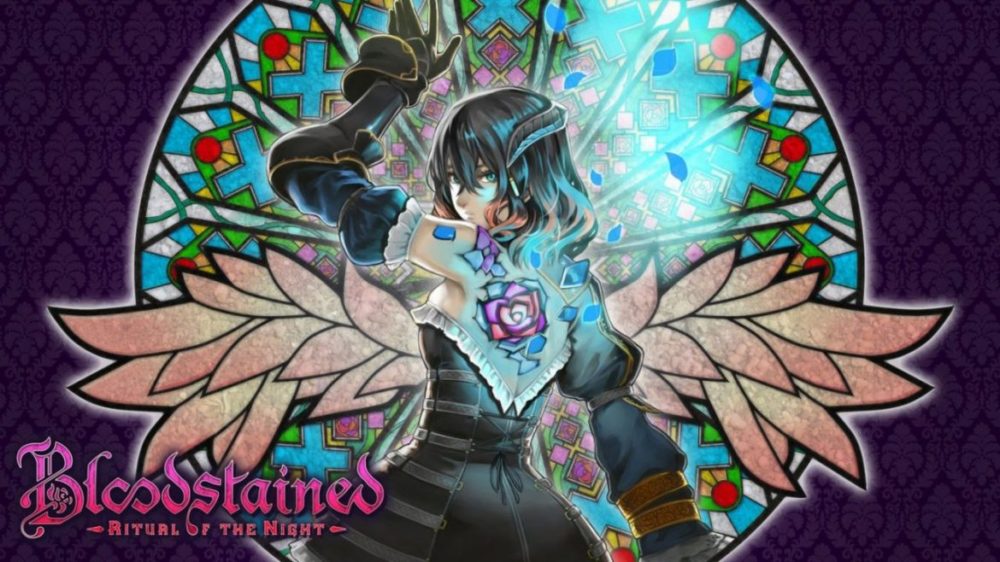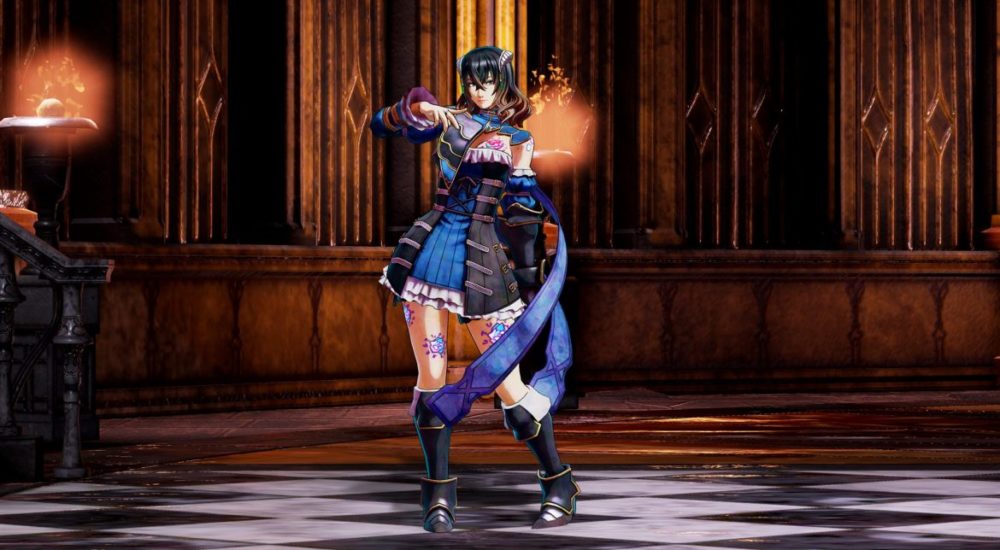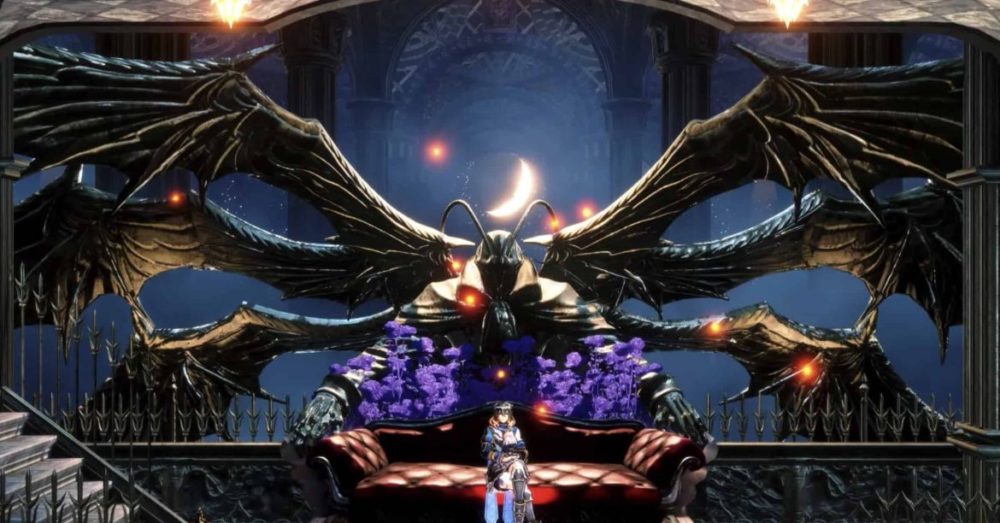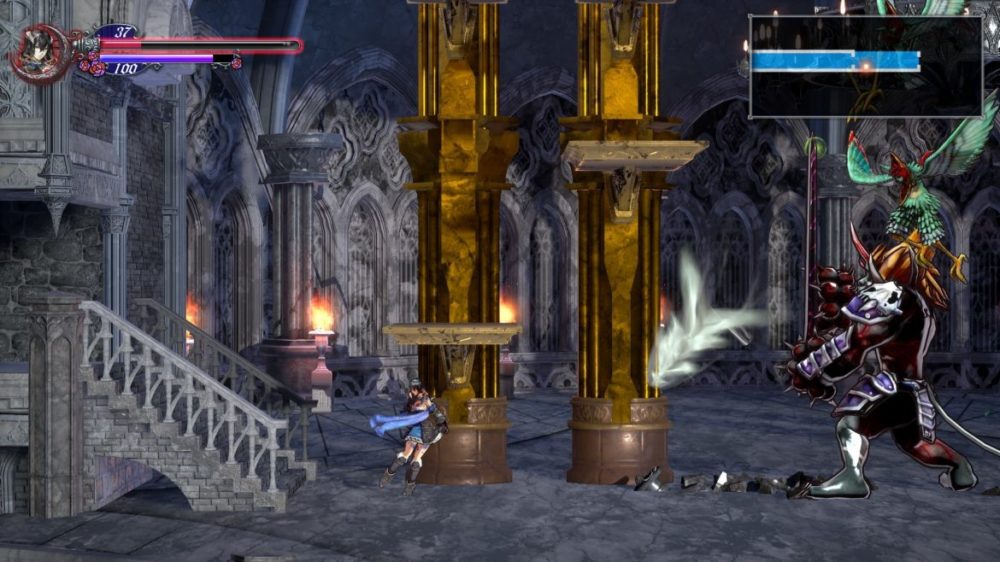TL;DR
Konami used to rule, but now their classic creators are gone. Enter Bloodstained: Ritual of the Night, a spiritual successor to Castlevania: Symphony of the Night, crafted by the legendary Koji Igarashi. This 2.5D Metroidvania plunges you into a gothic world as Miriam, battling alchemical horrors and demonic forces. Expect familiar gameplay, stunning visuals, and a killer soundtrack that will transport you back to the glory days. While it boasts a fantastic nostalgic experience, be warned of persistent bugs and performance issues, especially on the Switch. Discover if this spiritual successor lives up to its legendary predecessor!
Konami once represented the gold standard in gaming. Back in 1986, my first home computer was a MSX Spectravideo 728 (distinct from the ubiquitous Commodore 64), and Konami was responsible for a significant portion of the high-quality cartridge games available. The Japanese company has also delivered enduring classics for consoles, particularly during the PS1 era, including Metal Gear Solid and Castlevania: Symphony of the Night. However, in recent years, Konami’s relationships with key creators have soured. Hideo Kojima departed after the release of Metal Gear Solid V: The Phantom Pain to establish his own studio (leading to the development of Death Stranding). Subsequent Metal Gear titles developed by Konami have been met with a less enthusiastic reception. Similarly, Koji “IGA” Igarashi, the mind behind several acclaimed Castlevania games (SOTN, Order of Ecclesia, Aria of Sorrow), also left, relinquishing the rights to the Castlevania IP (owned by Konami, who currently releases collections of classic, retro Castlevania titles). Igarashi launched a Kickstarter campaign for a spiritual successor, a Metroidvania title (acknowledging that Metroid predates Castlevania in the genre). After four years, that Kickstarter, which raised over $5.5 million, resulted in Bloodstained: Ritual of the Night, a game poised to satisfy fans yearning for a new 2D Castlevania experience.

The name Bloodstained may evoke memories of the earlier bonus title, Bloodstained: Curse of the Moon, an 8-bit homage to Castlevania. Bloodstained: Ritual of the Night, however, is a different beast: a fully realized Metroidvania adventure rendered in 2D (or 2.5D, leveraging depth-enhancing effects). Players assume the role of Miriam, a warrior subjected to alchemical experimentation involving magical shards from a demonic dimension. These shards, implanted by Alchemists seeking to create enhanced humans, ultimately led to chaos. One of the affected, Gebel, amasses demonic forces within a gothic castle to seek vengeance upon humanity. Miriam, along with her companion Johannes, must stop him.
To call Bloodstained: Ritual of the Night inspired by Castlevania: Symphony of the Night is a significant understatement. It essentially is a new SOTN, sharing core game mechanics, techniques, and RPG elements (although it utilizes shards instead of traditional powers and familiars), as well as monster designs. The presentation is distinct, although some enemies are reminiscent of those found in SOTN. For many, this is a positive attribute. A substantial audience has eagerly awaited a new 2D Castlevania for over two decades, even with the continued appeal of Symphony of the Night.

Bloodstained: Ritual of the Night features aesthetically pleasing, colorful, cel-shaded graphics and a remarkable soundtrack. Composer Michiru Yamane returns, providing a magical, orchestrated score evocative of classic retro-vania titles. Similar to SOTN, the game incorporates a large, explorable map with save and teleportation rooms. Boss encounters are strategically placed throughout the expansive castle. As players explore and develop their character, acquiring new abilities (such as high jumps), they unlock additional gameplay mechanics. The game offers a range of weapons, allowing players to choose between mastering the whip or the sword. Absent the character appearances and names, Bloodstained: Ritual of the Night is practically indistinguishable from a Castlevania title.
Which format should I play Bloodstained: Ritual of the Night on?
The ideal format is subjective and depends on individual priorities. The Xbox One X version offers the most visually impressive experience, delivering native 4K resolution (consistently, based on our observations) and HDR (while “fake,” it adds visual appeal). However, the 60 fps target is not consistently maintained; frame rates can dip by up to 10 frames per second during demanding sequences, which is noticeable. Resolution reduction is not an available option. The base Xbox One S hardware renders the game at 900p but exhibits improved performance stability.

The PS4 Pro version outputs at 1080p, which is noticeably less sharp than the Xbox One X. However, the frame rate remains consistently stable at 60 fps, with minimal drops. The base PS4 hardware also outputs at 1080p, but with reduced detail and less stable frame rates.
The Switch version presents challenges. Its release was delayed (not initially planned, with prior discussions involving Wii U and PS Vita). Addressing its issues is reportedly a high priority for the development team. Unreal Engine 4 exhibits limitations on the Nintendo hybrid console, and Bloodstained: Ritual of the Night appears visually simpler compared to other platforms. Furthermore, the game renders at 720p docked and 576p portable, resulting in a blurry image, even on the smaller screen. Loading times are also protracted, and the Switch version lacks several lighting effects, including shadows. Critically, the Switch port suffers from significant input lag (approximately 120ms), which negatively impacts Miriam’s responsiveness and increases the game’s difficulty. This version is recommended only for those without access to other console platforms, with the caveat that future patches may improve the experience.

Bugs from hell
Several weeks post-release, all versions continue to exhibit game-breaking bugs. Initially, interacting with bookshelves frequently resulted in game crashes (occurring roughly 50% of the time when reading books containing technique tips). Despite subsequent patches, crashes persist, occasionally occurring even within menus (on Xbox One X, the primary platform used for testing). Given the infrequent save room placement, these crashes are frustrating, forcing players to replay sections unnecessarily. The persistence of these critical issues nearly a month after release reflects negatively on the development team’s responsiveness.
Summary
Despite its flaws, Bloodstained: Ritual of the Night is difficult to dislike, owing to its evident passion for a genre that is gradually fading into obscurity (although titles like Ori and the Blind Forest admirably carry the torch). Iga’s creation does justice to his legacy, delivering an experience that is both wonderfully nostalgic and refreshingly modern. Fans awaiting a new 2D Castlevania need wait no longer. If the bugs are a concern, consider waiting a few weeks for further patches before diving in. Ultimately, this is a fantastic game within its genre and provides much-needed satisfaction for dedicated Castlevania enthusiasts. Coincidentally, Castlevania: Symphony of the Night is currently available for free via Xbox Gold (360 version)…

